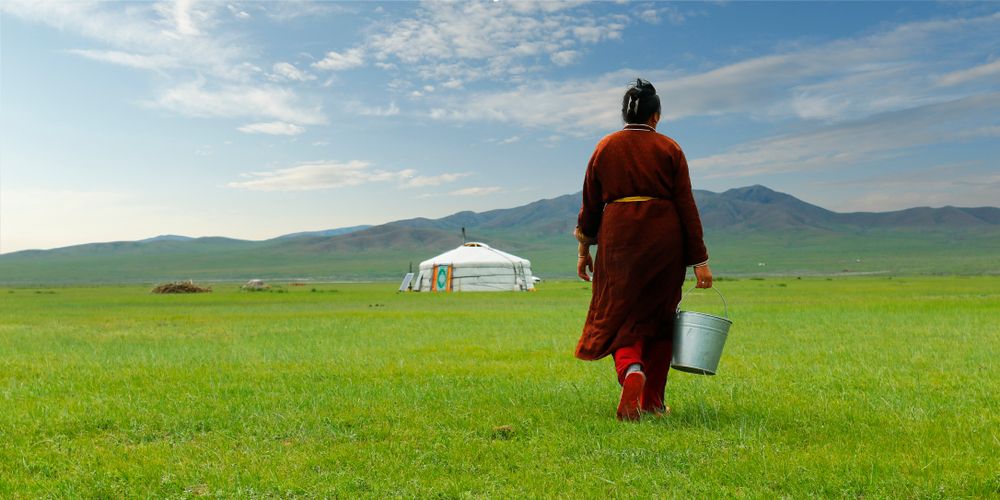
Missionaries reentered the country to begin rebuilding the Catholic community from the ground up after the regime ended, and the Vatican reestablished diplomatic relations with the country in 1992. In 2003, the Cathedral of Sts. Peter and Paul was built; in 2016, the first native-born priest of the modern era was ordained.
Despite the small population, Christianity in Mongolia dates back to the seventh or eighth century when Nestorians (Persian Christians with a great missionary zeal) first visited the area. Catholic Franciscan missionaries preached to Mongolians as early as the 13th century.
More than half of the population identifies as Buddhist, with Muslims making up 3.2%, Shamanist 2.5%, Christian 1.3%, and about 40% claiming no religion, according to the CIA World Factbook.
The Apostolic Prefecture of Ulaanbaatar, a missionary area that does not have enough Catholics to warrant a diocese, has jurisdiction over the entirety of Mongolia. It is led by 49-year-old Cardinal Giorgio Marengo, who is the apostolic prefect and the world’s youngest cardinal. He was given his red hat by Pope Francis in August 2022.
2) There aren’t many people in general: Mongolia is the least densely populated country in the world.
Three million people may sound like a lot, but not for a vast country like Mongolia. Its population density of just two people per square kilometer makes it the emptiest in the world overall. Vast portions of Mongolia consist of an arid and empty steppe environment where cattle graze and the mostly nomadic people are few and far between. Despite this, Ulaanbaatar, the capital, is home to about half of the country’s population and is a relatively large and dense city of 1.6 million.